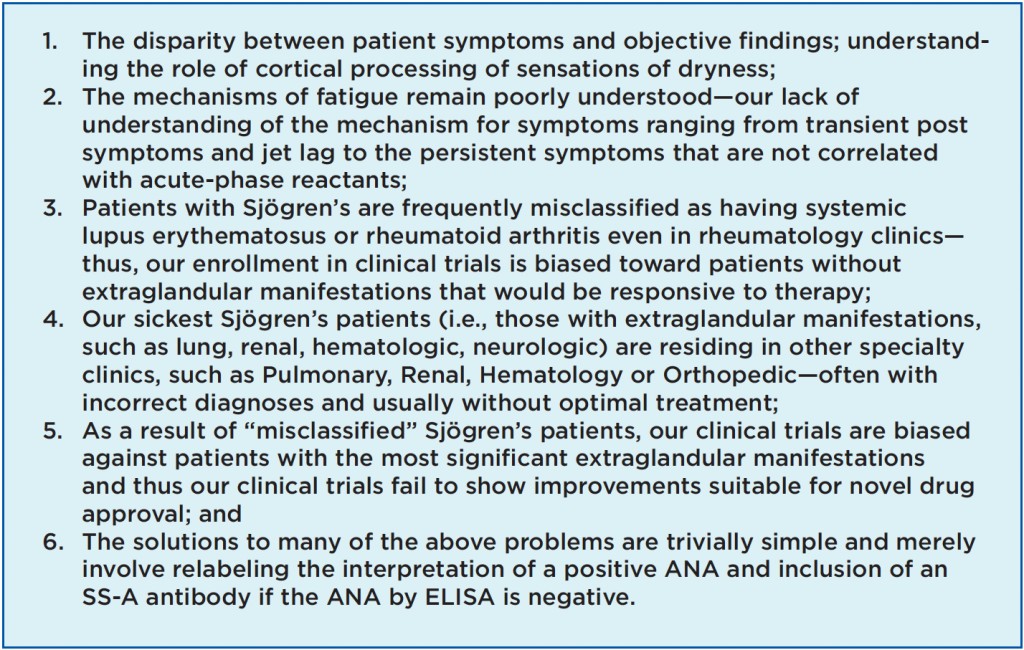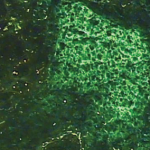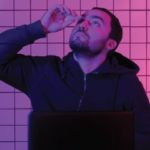SS patients in rituximab trials did not show improvement in their “fibromyalgia” symptoms that were the predominant feature of these study cohorts.
Thus, U.S. rheumatologists “sneak around” to give this medication in potentially life-threatening extraglandular manifestations over the increasingly loud threats of insurance carriers.
Clinical Presentations & Their Economic Costs
Sjögren’s has both benign and systemic manifestations.
Benign manifestations include dry eyes, dry mouth and fatigue/cognitive impairment. Although we call these benign, they are the greatest self-described problems for SS patients, and patients equate these symptoms’ impact on their lives at the level of “moderate angina.” Thus, our conclusion is that benign symptoms are not benign in their impact on a patient’s quality of life or the economic impact they have.
For the patient with SS, the economic impact of dry eyes and lost productivity occurs in an era when many patients work at computers and in low-humidity office buildings. Pollution has exacerbated the problem. “Dry or painful eyes” is often cited as the single most common reason for a visit to an ophthalmologist.
Estimates of lost productivity due to ocular dryness exceed £160 million (≈$247,472,000) in the UK alone. As more individuals spend eight or more hours a day at computers, the costs will get even greater. Eye-blink rate decreases by 90% when staring at a computer monitor, further exacerbating the problem of ocular discomfort and ocular fatigue.
Indeed, each of us has experienced the sensation of taking off our glasses to gently massage our weary eyes while we pore over work or are affixed to a mobile device. We are actually stimulating the minor lacrimal glands to increase tearing, and we do not even have a “dysfunctional” tear film.
Our therapies for dry eyes remain the same or marginally better than 30 years ago. Basically, we have learned that preserved tears used more frequently than four times a day can create irritation due to their preservative, and thus, “preservative-free” artificial tears have emerged, which are much more expensive.
Although we have made a great deal of progress in understanding the tear film and the mechanisms of inflammation that result from and perpetuate a “dysfunctional tear syndrome,” we have only one approved therapy for dry eyes (topical cyclosporin, Restasis), which was approved by the FDA on the basis that it raised the tear flow rate (Schirmer’s test) from 1 mm to 2 mm. I doubt that any of us could even tell the difference in that measurement at bedside.



